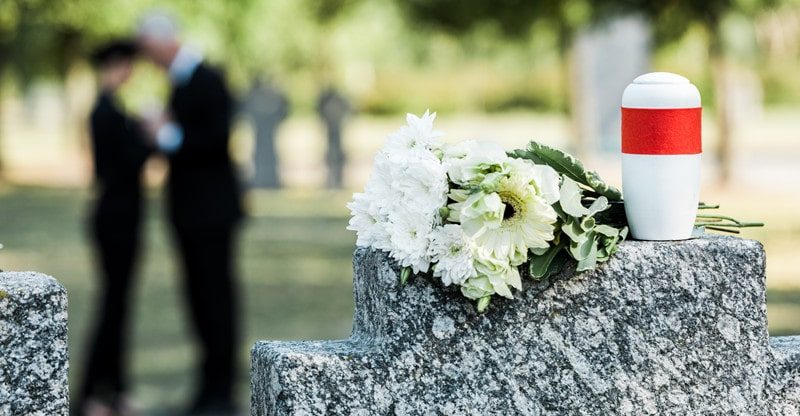Factors To Consider When Planning A Funeral
No one looks forward to planning their funeral. Most individuals completely avoid that kind of discussion, like it’s the plague.
However, if you carefully think about it, there are one or two things you would like to include in your send-off and others that you do not want to be included but you won’t be there to help with the planning. Therefore, it is important to have a comprehensive funeral plan when you can.
Having a funeral plan enables you to get your funeral wishes document and also pay for the fees in advance eliminating the burden from your family and relatives. Below is a list of some of the few things you need to consider when putting down your funeral plan.
1. Type Of Ceremony
Do you want to have a religious sendoff ceremony or a non-religious ceremony? This will depend on your beliefs and whether you would like your family and friends to conduct the ceremony or you would like a celebrant.
- Religious Ceremony: If you are religious you can choose this option and include your favorite hymns and readings.
- Humanist Ceremony: Mainly focused on celebrating your life and experiences. Often include music, readings, and poems.
- Civil Service: Regarded as the compromise between religious and humanist ceremony. It offers a celebration of an individual’s life and a little religious content.
2. Flowers
It is up to you whether you would like flowers or not. If you want flowers, you can specify the type of flowers you would like. If you prefer donations to be made to a preferred charity or cause you can include them in your SafeHands Funeral Plans.
3. Burial or Cremation?
This will generally depend on individual preference and sometimes culture.
Cremation
Cremation involves disposing of the dead body through burning. After the funeral service and cremation itself, the ashes will be given to family members or loved ones to keep or scatter, depending on their wish or yours as directed in your funeral wishes.
Direct Cremation
This is slightly different; there is no funeral service. Once your body is taken from the funeral director it is taken directly to the crematorium without a funeral service. This means there will be no friends or family in attendance. The ashes can then be collected by a loved one later on.
4. Traditional Burial
A traditional burial is the most common, your body and coffin will be buried in a grave. It can be a family graveyard or churchyard. If you prefer to be buried in a public graveyard, you need to make inquiries into a burial plot and reserve your plot beforehand.
5. Natural Or Woodland Burial
Natural burials are becoming more popular in recent days. Woodland burial allows your body to decompose in an environmentally friendly manner and the coffins used are biodegradable.
Conclusion
It can be daunting planning a funeral. This list might not exhaust every little thing you need to consider but it gives you an insight into some of the things you need to put in place. Comprehensive SafeHands Funeral Plans allow you to have a funeral you want and make the process easier for your loved ones.



